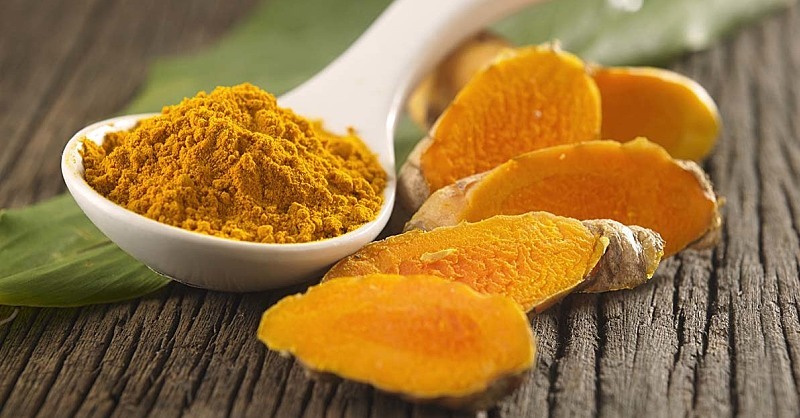The ancient Ayurvedic system of medicine considers turmeric to be one of the best herbs of India. The facts about turmeric, which Ayurveda has known for thousands of years, are now being proved in laboratories around the world. Below are a few uses for turmeric.
Skin
Internally or externally, turmeric is viewed as “skin food”: it purifies and nourishes the blood and skin, leaving it glowing with health, and clearing blemishes and impurities. The classic way to apply turmeric topically is as an ‘ubtan’—mixing it with chickpea flour, sesame or almond oil, a little fresh cream and honey. External application stops pain and swelling, heals wounds, and treats many skin diseases, ranging from acne to leprosy.
The Respiratory System
Support of the respiratory system is one of the main traditional uses of turmeric. As an antioxidant it protects the lungs from pollution and toxins. It also helps the oxygen transfer from the lungs to the blood. If you are prone to a cough or asthma, mix 2-3 grams of turmeric in ghee into a large glass of warm water.
First Aid
Turmeric can be used as first aid for accidents, ranging from cuts to concussions. To ease trauma, give turmeric in a tall glass of hot milk: 1 spoon of turmeric and 1 spoon of ghee. Turmeric is also a hemostatic, able to stop the bleeding of a wound.
Pain and Inflammation
Turmeric minimizes pain and is an excellent anti-inflammatory herbal treatment for arthritis, rheumatoid arthritis, injuries, and stiff muscles from both underactivity and overactivity. In addition, using turmeric before and after surgery will decrease inflammation and accelerate healing.
Blood and Liver Cleanser
Turmeric protects the liver from toxins and pathogens. About 2 grams of turmeric is taken with a glass of milk, morning and evening, for one month, to activate and rebuild the liver. Turmeric can also be used to purify and move the blood during the menstrual cycle.
Turmeric Vs. Cancer
Turmeric is considered to be anti-cancerous because it neutralizes substances and conditions which can cause cancer. It directly helps a cell retain its integrity if threatened by carcinogens and the curcumin in turmeric can often destroy a tumor. Even if one chooses the allopathic route to treat cancer, turmeric can be used to increase the treatment’s effectiveness and decrease its side effects. It is known that turmeric, and especially curcumin, inhibits skin cancer, likely due to decreasing the expression of proto-oncogenes.
Female Reproductive System
Turmeric regulates menses, decreases intensity and pain of periods, and decreases amenorrhea and uterine tumors. Though there are no technical papers on turmeric’s effects on hormones, it is true that it helps to balance those hormones which can cause breakout and disharmonious periods.
Turmeric and Yoga
Turmeric is considered one of the best herbs foods for yoga. It increases flexibility and reduces muscle pain and inflammation, allowing one to stay in asanas for longer and with greater ease. It also increases and purifies Prana.
Author Dr. Akhilesh Sharma is a world-renowned Ayurvedic consultant. He has travelled to various institutes, medical schools and alternative health care centers, worldwide. Dr. Sharma has 26 years of experience in Ayurveda, including as a research scientist at India’s biggest manufacturer of Ayurvedic health care products. He holds workshops and Panchakarma and Ayurveda training programs and also provides private consultations on health care issues. He can be contacted at ayurvedatoday@hotmail.com and www.ayurvedatoday.org.



























Add Comment